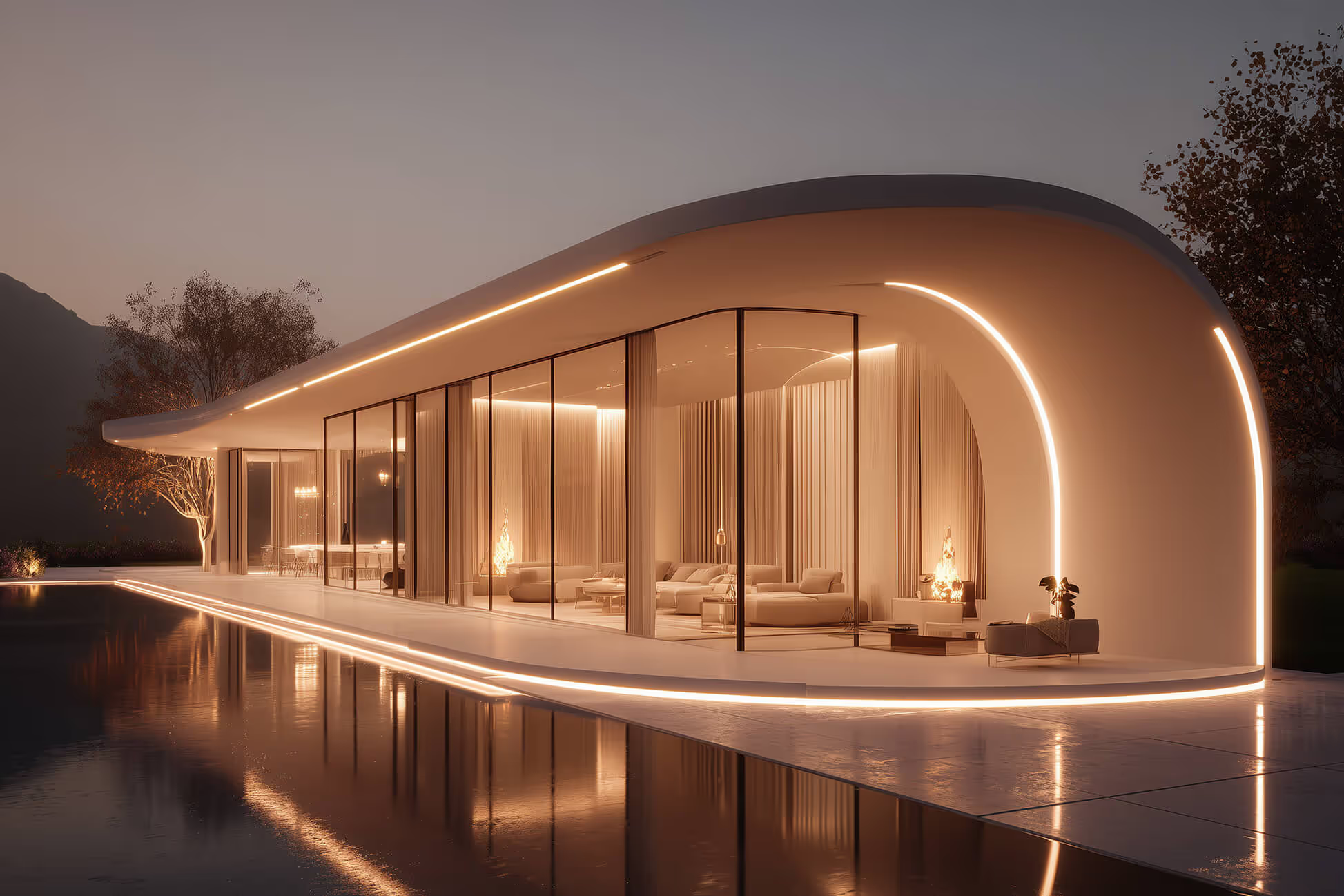Pages
Pages
June 21, 2025

Across cities worldwide, aging factories and warehouses are finding new life—not through demolition, but through transformation. Adaptive reuse is reshaping architecture’s role in sustainability, community building, and design storytelling.
Adaptive reuse is the process of repurposing existing buildings for new functions—without erasing their original identity. It’s more than renovation; it’s a careful blend of preservation and innovation. And it's becoming one of architecture’s most powerful tools.
With growing concerns about waste, emissions, and urban sprawl, adaptive reuse offers a smarter, more responsible alternative. It conserves materials, reduces embodied carbon, and often revitalizes neighborhoods faster and more affordably than new construction.
One of the biggest advantages? Character. Old industrial buildings offer raw textures—brick walls, timber beams, steel frames—that bring authenticity modern builds can’t always match. Architects can lean into these features, inserting sleek, minimalist forms that highlight—not hide—the past.

Across cities worldwide, aging factories and warehouses are finding new life—not through demolition, but through transformation. Adaptive reuse is reshaping architecture’s role in sustainability, community building, and design storytelling.
Adaptive reuse isn’t just a design trend—it’s a mindset shift. It challenges architects to see potential where others see limitations. When done right, it results in spaces that are layered, memorable, and deeply rooted in place.
Articles & Insights